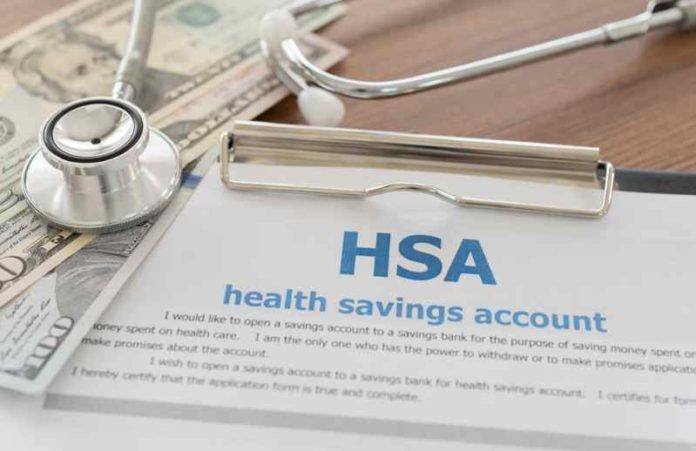By Chad Wilkins
Employers are largely responsible for the health and wealth engagement of their employees, both today and throughout their retirement. The inclusion of a consumer-directed health plan (CDHP) paired with a Health Savings Account (HSA) in your benefits offering provides your workforce with a valuable tool for paying and saving for healthcare needs over the course of their lifetime.
Despite many employers offering HSAs, studies show that many Americans aren’t actively saving money to pay for retirement healthcare costs. According to the 2019 HSA Bank Health & Wealth IndexSM, 40% of consumers never save specifically for future healthcare expenses and 30% never consider cost when choosing healthcare products and services.
It’s not enough to simply offer an HSA option to your employees. Employers play a crucial role in ensuring their workforce understands the benefits of using an HSA and, thus, empowering them to make the most of their organization’s offering. Stemming from HSA Bank’s recent whitepaper, entitled “4 Proven Practices to Elevate Your HSA Communications,” outlined below are a few quick and easy steps that employers can take to streamline the employee education process through effective communication.
Do the Math
While not all employees are keen on the idea of crunching numbers, it’s important that they consider all of the figures involved in making meaningful decisions regarding health plan and health account options. These include not only health insurance premiums, deductibles, out-of-pocket maximums, and copays, but also the savings potential that comes from using an HSA to pay for healthcare expenses. In doing the calculation for themselves, your employees will gain the insight and confidence they need to determine which plan is right for them.
Keep it Simple
When employees feel overwhelmed, important information tends to go into one ear and out of the other. Tailor your communications to ensure that employees at all levels of HSA knowledge are able to understand the message. Consider using simple language and informational images that help illustrate your key takeaways. To further streamline your communications, focus on outlining the basics of HSAs and provide follow-up materials and/or educational resources for employees who truly want to learn more. HSA Bank’s HSA Savings Calculator, for instance, is one such resource designed to help employees determine the right amount to deposit into their HSA to achieve their goals.
Make it Personal
Employers recognize that individuals learn best in different ways. Creating an informative tone in your communications and providing additional resources that employees can engage with in a variety of ways, will help your workforce see the value that an HSA can add to their personal lives. This can be achieved through in-person information sessions with your HSA provider, educational flyers and videos, and decision-making tools.
Educate Year-Round
Communicating with your employees about HSAs throughout the year can help familiarize them with HSAs in a predictable, consistent way. This also helps ensure that your employees are prepared to make important health and wealth decisions during key times, such as open enrollment and tax season. If helpful, consult with your HSA provider for assistance in creating a communication schedule that works best for your organization.
At the end of the day, your employees want to know why you’re offering an HSA and how they’ll benefit from it, so it’s important to communicate the value of HSAs. Developing HSA communications that are simple, personalized and consistent is a great way to educate your employees and maximize the success of your HSA program, resulting in savings for both your workforce and your organization.
Chad Wilkins serves as an Executive Vice President of Webster Bank and President of HSA Bank where he is responsible for leading the organization and its people towards sustainable growth well into the future. Chad joined HSA Bank in 2014, bringing with him more than 25 years of experience in the banking and health insurance industries. Chad earned his Bachelor’s degree in Political Science from Lehigh University.
Health Savings Account stock photo by create jobs 51/Shutterstock







